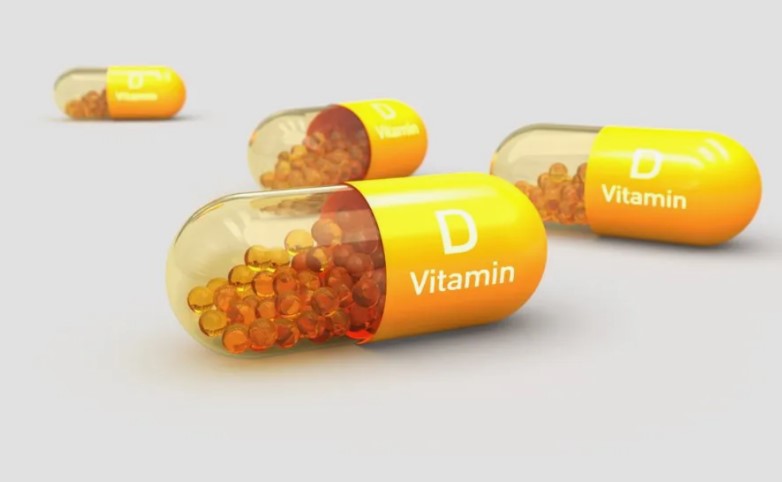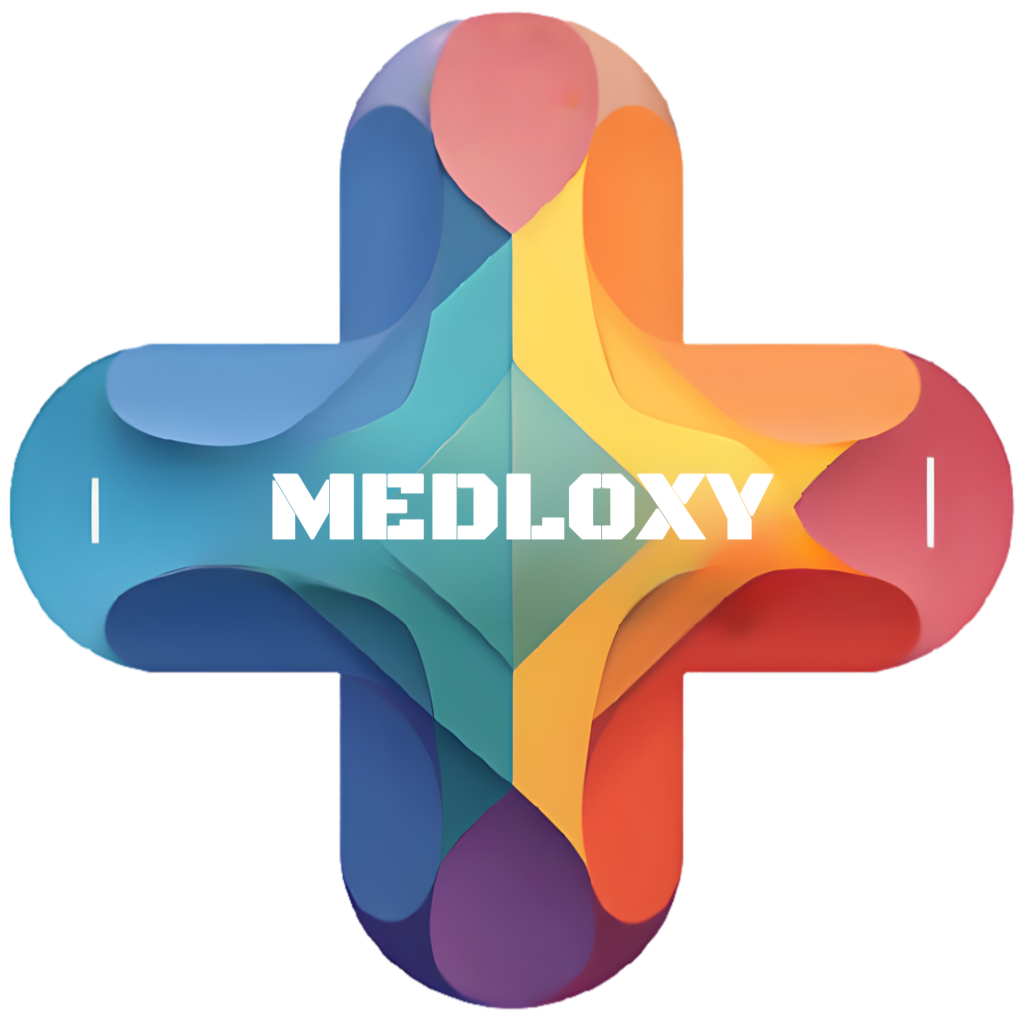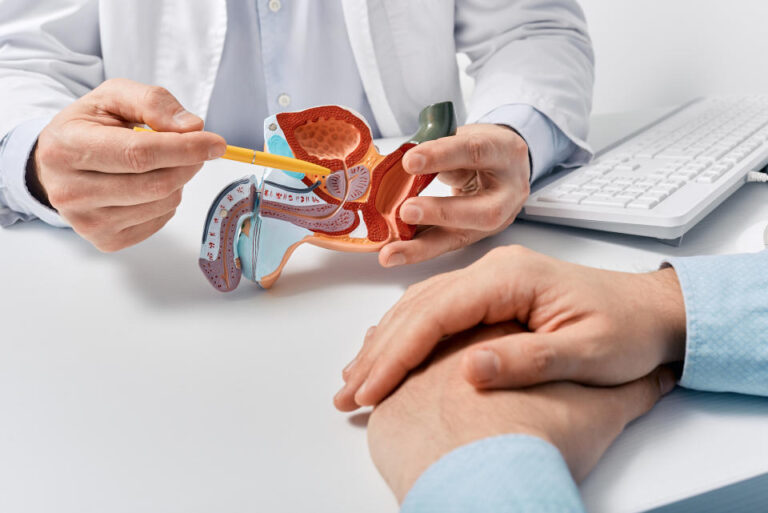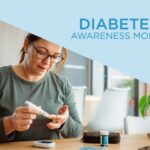Vitamin D Optimization|| Unlock the power of the sunshine vitamin! Learn the crucial role of vitamin D, understand deficiency symptoms, and discover proven strategies for optimal vitamin D levels.
Ever feel inexplicably tired, experience nagging aches, or seem to catch every bug that goes around? You might be surprised to learn that these seemingly unrelated issues could be linked to something as simple, yet vital, as your vitamin D levels. Often dubbed the “sunshine vitamin,” vitamin D plays a far more critical role in our overall health than just bone strength. It’s involved in everything from our immune system’s resilience to our mood regulation.
But here’s the thing: despite its importance and our planet’s abundant sunshine, vitamin D deficiency is surprisingly widespread globally, including right here in Pakistan. Modern lifestyles, with increased indoor time and concerns about sun exposure, often limit our natural vitamin D production. This article aims to be your comprehensive guide to vitamin D optimization. We’ll delve into the science behind this essential nutrient, explore the signs of deficiency, and, most importantly, provide you with actionable, evidence-based strategies to ensure you’re getting enough for optimal health and well-being. Let’s unlock the sunshine secret together!

This Vitamin D3 then undergoes two crucial hydroxylation processes. The first occurs in the liver, where it’s converted to 25-hydroxyvitamin D [25(OH)D], also known as calcidiol. This is the form of vitamin D that is most commonly measured in blood tests to determine an individual’s vitamin D status. According to the National Institutes of Health (NIH), the concentration of 25(OH)D in the blood reflects both dietary intake and cutaneous production Vitamin D Optimization.
The second hydroxylation takes place primarily in the kidneys, where 25(OH)D is converted into its biologically active form, 1,25-dihydroxyvitamin D [1,25(OH)2D], also known as calcitriol. This active form then travels throughout the body, interacting with vitamin D receptors (VDRs) that are present in virtually every cell and tissue. This widespread presence underscores the far-reaching influence of vitamin D on various bodily functions Vitamin D Optimization.
However, the influence of vitamin D extends far beyond bone health. Research over the past two decades has revealed its crucial role in the immune system. Vitamin D receptors are found on various immune cells, including T cells and B cells, and the active form of vitamin D helps to modulate immune responses. A 2021 study published in the Journal of Clinical Medicine highlighted the link between sufficient vitamin D levels and a reduced risk of respiratory tract infections. Dr. Aisha Khan, an immunologist at Aga Khan University, explains, “Vitamin D appears to play a crucial role in both innate and adaptive immunity, helping the body to fight off pathogens effectively Vitamin D Optimization.”
Furthermore, vitamin D is implicated in muscle function. Deficiency can lead to muscle weakness and pain, increasing the risk of falls, particularly in older adults. A meta-analysis published in Nutrients in 2022 found a significant association between vitamin D supplementation and improved muscle strength in individuals with low vitamin D levels.
Now that we understand the profound impact of vitamin D on our health, the crucial question becomes: how do we achieve optimal levels? Increasing vitamin D levels effectively requires a multi-pronged approach, considering sunlight exposure, dietary intake, and supplementation.

Harnessing the Power of Sunlight
Sunlight remains the most efficient way for our bodies to produce vitamin D. However, several factors influence how much Vitamin D Optimization we can synthesize from sun exposure:
- Time of Day and Season: UVB rays are most intense during midday, typically between 10 am and 3 pm. During winter months, especially in regions further from the equator, the sun’s angle may be too low for sufficient UVB to penetrate the atmosphere. Here in Pakistan, while we generally have ample sunshine, factors like smog and clothing habits can still limit UVB exposure.
- Skin Pigmentation: Melanin, the pigment in our skin, acts as a natural sunscreen. Individuals with darker skin require significantly longer sun exposure to produce the same amount of vitamin D as those with lighter skin.
- Sunscreen Use: While crucial for protecting against skin cancer, sunscreen blocks UVB radiation and therefore reduces Vitamin D synthesis. However, dermatologists generally recommend daily sunscreen use due to the well-established risks of excessive sun exposure. A balanced approach involves short periods of unprotected sun exposure followed by sunscreen application.
- Age: As we age, our skin’s ability to synthesize vitamin D decreases.
A practical approach involves aiming for 10-30 minutes of unprotected sun exposure to a large portion of your skin (face, arms, legs) several times a week, depending on your skin type, the time of day, and the season. It’s crucial to avoid sunburn, which significantly increases the risk of skin cancer.
Incorporating Vitamin D-Rich Foods
Dietary sources of vitamin D are limited but can contribute to overall intake:
- Fatty Fish: Oily fish like salmon, mackerel, and sardines are excellent natural sources of vitamin D₃.
- Egg Yolks: Contain small amounts of vitamin D.
- Fortified Foods: Many foods are fortified with Vitamin D, including milk, yogurt, orange juice, and breakfast cereals. Checking food labels is essential to determine the amount of vitamin D added.
However, it’s often challenging to obtain sufficient Vitamin D Optimization solely through diet, especially to correct a deficiency or maintain optimal levels, particularly for those with limited sun exposure.
The Role of Vitamin D Supplementation
Supplementation is often a necessary and effective way to increase vitamin D levels, especially when sun exposure and dietary intake are insufficient. Vitamin D supplements are available in two main forms: D2 (ergocalciferol), typically derived from yeast, and D3 (cholecalciferol), usually derived from animal sources or lichen. Research suggests that Vitamin D3 is generally more effective at raising and maintaining blood levels of 25(OH)D.
The appropriate dosage of Vitamin D supplementation varies depending on an individual’s current Vitamin D levels, age, health conditions, and other factors. It is crucial to consult with a healthcare professional to determine the right dose for you. The recommended daily allowance (RDA) for vitamin D is often cited, but individual needs may be higher, especially for those who are deficient. A 2020 review in the New England Journal of Medicine highlighted the variability in individual responses to vitamin D supplementation and the importance of personalized recommendations.
It’s also important to note that vitamin D is a fat-soluble vitamin, meaning it’s best absorbed when taken with a meal containing fat. Regular monitoring of your 25(OH)D levels through blood tests can help ensure you’re within the optimal range, typically considered to be between 30 and 50 ng/mL (nanograms per milliliter). However, some experts suggest a slightly higher target range for optimal health. Don’t fall into the trap of thinking more is always better; excessive vitamin D intake can lead to toxicity, although this is rare. Regular blood tests guided by your doctor are the safest and most effective way to Vitamin D Optimization.
Conclusion of Vitamin D Optimization
In conclusion, achieving vitamin D optimization is a cornerstone of overall health and well-being. This essential nutrient plays a vital role in bone health, immune function, muscle strength, and potentially even mood regulation. While our bodies are designed to produce vitamin D through sunlight exposure, modern lifestyles often necessitate a conscious effort to increase vitamin D levels through a combination of sensible sun exposure, dietary intake, and, frequently, supplementation.
Ignoring the signs of vitamin D deficiency can have significant long-term health consequences. By understanding the science behind vitamin D and implementing practical strategies to optimize your levels, you can take proactive steps towards a healthier and more vibrant life. Prioritize your vitamin D—your bones, your immune system, and your overall well-being will thank you. If you suspect you might be deficient, don’t hesitate to consult with your doctor for testing and personalized recommendations. Also Read>>>>>







